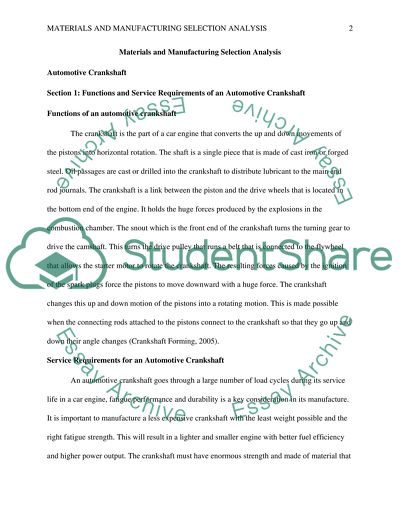Cite this document
(Service Requirements for an Automotive Crankshaft Term Paper, n.d.)
Service Requirements for an Automotive Crankshaft Term Paper. Retrieved from https://studentshare.org/engineering-and-construction/1612386-materials-manufacturing-selection-analysis
Service Requirements for an Automotive Crankshaft Term Paper. Retrieved from https://studentshare.org/engineering-and-construction/1612386-materials-manufacturing-selection-analysis
(Service Requirements for an Automotive Crankshaft Term Paper)
Service Requirements for an Automotive Crankshaft Term Paper. https://studentshare.org/engineering-and-construction/1612386-materials-manufacturing-selection-analysis.
Service Requirements for an Automotive Crankshaft Term Paper. https://studentshare.org/engineering-and-construction/1612386-materials-manufacturing-selection-analysis.
“Service Requirements for an Automotive Crankshaft Term Paper”, n.d. https://studentshare.org/engineering-and-construction/1612386-materials-manufacturing-selection-analysis.


